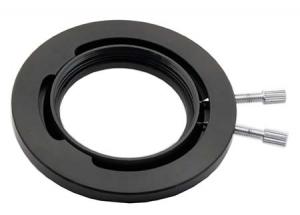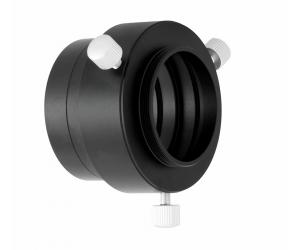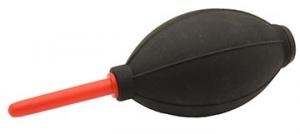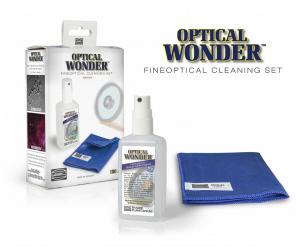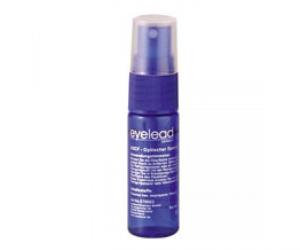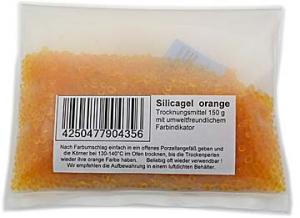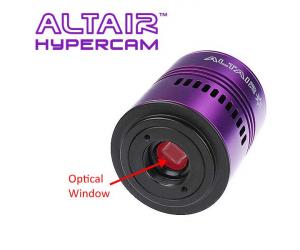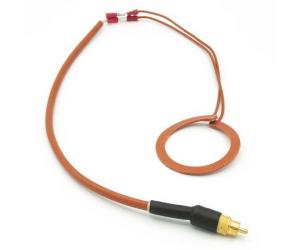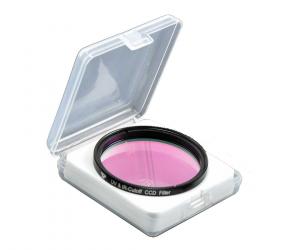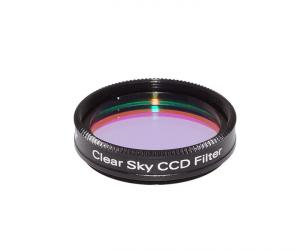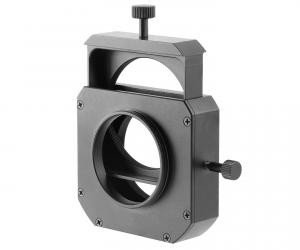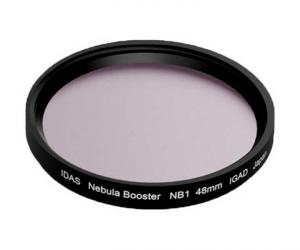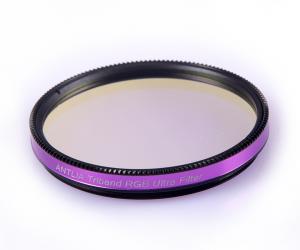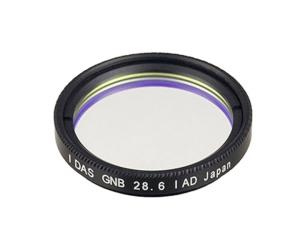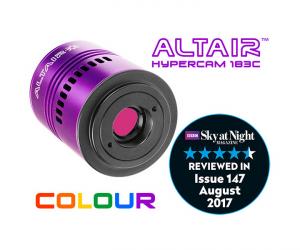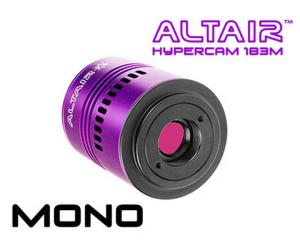- Telescopes
- Overview:
Telescopes - Achromatic Refractor
- Apochromatic Refractor
- Overview:
Apochromatic Refractor - ED Refractor - less color aberration than an achromatic
- SD APO - color free 2-element APO objective
- EDT APO - 3 element ED objective
- High End APO with 3-element APO objective - no color aberation
- Flatfield APO with flat field for Astrophotography
- All Apos and EDs from all manufacturers - large overview
- TS APO and ED from Japan with high quality optics
- Overview:
- Newtonian Telescopes
- Dobsonian Telescopes
- RC Ritchey Chretien Telescopes
- Casssegrain Telescopes
- Reflektor Telescopce with Lens Correcture
- Maksutov Cassegrain Telescopes
- GoTo Telescopes
- Solar Telescopes H-Alpha
- Overview:
- Mounts Tripods Rings Rails Power Supply ...
- Overview:
Mounts Tripods Rings Rails Power Supply ... - Mounts Equatorial with GoTo
- Mounts Equatorial without GoTo
- Mounts Azimutal with GoTo
- Mounts Azimutal without GoTo
- Mounts GoTo - Harmonic Drive
- Travel mounts for astro imaging
- Tripods Piers Polar Wedges
- Mount Control & Electronics
- Dovetail Clamps, Plates and Mount Adapters
- Tube Rings
- Power Supply
- Counterweights Balance Weights
- Mount Accessories - Other
- Overview:
- Telescope Accessories
- Overview:
Telescope Accessories - Eyepieces
- Barlows & Reducer Lenses
- Diagonal Mirrors and Prisms
- Binocular Viewers
- Finder Scopes
- Telescope Collimation and Test
- Cleaning Tools
- Transport and Storage
- Dust protection for Telescopes & Accessories
- Stray Light Protection
- Dewcaps and Heater
- Focusers, Adapters, Motorfocus
- Telescope DIY & Improvement
- Other telescope accessories
- Replacement Parts
- Overview:
- Filters
- Overview:
Filters - Color Filters and Color Filtersets
- Nebular Filters for Visual Observing
- Neutral-Density and Polfilter
- Photo Narrowband Nebular Filters
- Photo Broadband Filters
- Photo Planetary Filters
- Photo R-G-B and IR Cut Filters
- Photo - Filtersets
- Photometric Filters
- Clip Filter for DSLR Cameras
- Filter Wheels and Filterslider
- Solar Filters for white light
- Solarfilter for H-Alpha and Calcium
- Overview:
- Adaptors
- Overview:
Adaptors - Adapter 1,25" and 24,5mm
- Adapter 2"
- Adapter T2 - M42x0.75
- Adapter M48x0,75
- Adapter M54
- Adapter SC
- Adapter M63
- Adapter M68
- Adapter to other Threads
- Adapter Extensions
- Adapter camera bayonet
- Adapter Objective Filterthread
- Adapter Quick Changing , Rotation
- Adapter Eyepiece Projection
- Adapters Tilting
- Overview:
- Astrophotography and Photography
- Overview:
Astrophotography and Photography - Cooled Cameras
- Cameras without Cooling
- Deep-Sky Cameras uncooled
- Set-Offers Camera, Filter, Wheels
- Acessories for Cameras
- Travel mounts for astro imaging
- Imaging Correctors for Telescopes
- Autoguiding Cameras & Sets
- Everything for Guiding
- Focusing aids - Bahtinov mascs
- Flat Field foils and boxes
- Lenses for Cameras
- Piggyback Camera Holder
- Camera Bags, Photocases & more
- Digital Camera and Smartphone Adapter
- Other photo accessories
- Overview:
- Binoculars, Spotting Scopes, Microscopes, Range Finders
- Overview:
Binoculars, Spotting Scopes, Microscopes, Range Finders - Spotting Scopes and Acessories
- Roof Prism Binoculars
- Binoculars with Porro prisms
- Binoculars from 100mm Aperture
- Binoculars with 1,25 inch eyepieces
- TSMX APO Binoculars
- Binoculars for Astronomy
- Binoculars Hiking Bird watching
- Monoculars - Opera Binoculars
- Accessories for Binoculars
- Range Finders
- Microscopy
- Bags for Phototripods & Binoculars
- Overview:
- Phototripods and Binomounts
- Books, Software
- Overview:
Books, Software - Books for Astronomy Beginners
- Star Charts and Planispheres
- Books about our Solar System
- Observing Tips for Amateurs
- Popular Astronomy Literature
- Teaching material
- Astrophotography books
- Telescopes, Observatories, Construction
- Calendars Yearbooks
- Software, Star Charts
- Books for Microscopers
- Books Nature and Animals
- Nature Photography TimeLapse
- Overview:
- Night Vision, Magnifiers, Weather, Domes & more
- Beginner Astronomy and Gift Ideas
- Second Hand & Special Offers
- New products
Manufacturer: Altair-Astro
Product number: HC294CPROTEC
EUR1199.00new
EUR 1.199,00RRP EUR 1.399,00you save 14.3% (EUR 200,00)
incl. 19 % VAT (DE)
The VAT indicated refers to that applicable in Germany. After logging in, the VAT amount is adjusted to the applicable VAT of the stored delivery country. Therefore, the final price may vary accordingly.
excl. 6.95 € shipping costs (DE)
more details to the shipping costs ...Please log in to calculate shipping costs to your country.
There are no reviews for this product
- Details..
- Technical data..
- In the box..
- Reviews..
- Manufacturer infos..
- Safety informations..
Altair Hypercam 294C PRO Peltier Cooled Color Astro Camera
This camera is an alternative to the DSLR camera. It is the next step to ultimative astrophotos.This camera uses the SONY IMX294 4/3" CMOS sensor. The chip has a diagonal of 23.2 mm and is equipped with the latest technology like "Back Illumination" and EXMOR-R. Due to the very low amplifier glow, the camera is ideally suited for long-term exposure. The moderate pixel size of 4.3 µm makes the camera a good choice for telescopes and telephoto lenses with a medium aperture ratio between f/4 and f/7. You will be able to achieve the telescope resolution well.
The main advantages of the PRO version:
One-year license for SharpCap PRO free!
Includes ultra-precise pole alignment help, CMOS exposure time optimization wizard for deep-sky objects, live stacking for EAA/video astronomy, live subtraction for dark frames and flats. Just download the latest SharpCap, plug in your camera, register it when the ad pops up and confirm your free license.Simpler than a DSLR, it doesn´t need "astromodification".
The Hypercam is much easier to use and focus than a DSLR thanks to the live preview with the standard software AltairCapture and SharpCap. You will see a weak star clearly and in real time, as there is no video compression in between. You also don´t need to modify the Hypercam to capture details in the red hydrogen light, because there is no filter blocking this area in the way. There are no heavy and unwieldy power connections that could easily loosen and no mirror that could cause vibrations, but an output with real RAW mode. You get exactly what the Sony sensor "sees".Low readout noise.
The Sony IMX294 CMOS sensor has very low readout noise, wide dynamic range and high sensitivity. In addition, the IMX294 ExmorR back-illuminated sensor has a low dark current, no smear effect and excellent anti-blooming properties. The BSI technology shifts the sensor electronics behind the pixels, thus not blocking part of the light, which increases quantum efficiency compared to CCD sensors and conventional CMOS chips.4 GB DDR3 Buffer RAM - USB3.0 speed and USB2.0 reliability:
USB3.0 and memory buffering directly on the board result in much higher transfer speeds than with USB2.0 cameras, but if you, like many photographers, prefer longer and more flexible USB2.0 cables because they work more reliably on a USB2.0 hub, that´s no problem! The Hypercam is fully compatible with the USB2.0 protocol. Just install the software and get started!Important: Windows PC Hardware Requirements for best performance
Quality software and drivers included:
AltairCapture: Unlike the manufacturers of cheaper cameras, Altair Astro has spent a lot of time improving the AltairCapture software with its many features and intuitive operation, it can be downloaded from Altair Astro Customer Support. AltairCapture is a robust 64-bit Windows application that provides full control of the camera in video or still mode. It contains many automatic functions and supports all important file formats for astrophotography and professional scientific image acquisition in 16bit, 12bit or 8bit modes. The popular programs PHD Guiding and SharpCap are also natively supported. ASCOM drivers are available for download at Altair Astro Customer Support, where you can also get regular driver updates. The installation is very simple and, unlike cheaper cameras, you don´t have to waste time optimizing .DLL files just to make the camera work as expected.Firecapture runs only patched!
Firecapture does not yet support Altair´s Hypercams in general, but there is a patched version that offers most features. The only thing you have to do without is white balance. The download link is here. After the start the error message "System seems to be read-only. No setup will be stored" might be shown, which can be confirmed by clicking on "ok".SharpCap PRO:
Altair Astro has been working closely with SharpCap developer Robin Glover since 2015 to fully integrate Altair cameras into SharpCap from the ground up. Now Sharpcap PRO, together with this camera, enables even more functions, such as software-supported polar alignment (more accurate than most other methods), live flat removal and live dark frame removal. The fast, accurate pole alignment function in SharpCap PRO is a lifesaver for photography that saves set-up time.TEC cooling:
Cooling reduces random thermal noise during long exposure imaging. The internal Thermoelectric cooling system (TEC) unit is controlled with your imaging apps, allowing you to set the temperature (which is recorded in the .FITs file header). The Hypercam is designed for consistent, reliable deepsky imaging at up to -45 °C below ambient temperature. For the IMX183 Sensor, the most appropriate cooling temperature at gain 400 is approx. ?10/15 °C absolute, beyond which, no real gains are made.Anti-fogging heated optical window. Every precaution has been taken to address the most common issues with cooled cameras. The optical window is warmed by special heaters to stop fogging and condensation at low temperatures. To inhibit sensor-frosting, the sensor chamber is sealed, and dry air purged during assembly in a special atmosphere. The sensor chamber has a replaceable stainless steel desiccant cartridge with spare. The dessicant cartridge can be recharged by placing it in an oven at 120 °C for a couple of hours after removing the mini O-ring.
Practical tip from TS: Storage of cameras and accessories
Especially in our latitudes, the nights are often very humid. This humidity condenses on your camera, eyepiece or filter when they come into the warm interior of the apartment. Especially cooled cameras are affected by this. Quickly a photo session is over because the sensor ices up.Good storage is an important prevention against dew and also extends the life span.
After use, put the camera immediately into the TS Protect Case and add some silica gel. During storage, the silica gel will suck the moisture out of the camera. At the same time, the penetration of humid room air is prevented. Dry storage even allows the small dry tablets in cooled cameras to partially regenerate. Your camera or accessories are always ready for you in optimal condition. You can find the silica gel and the case in our product recommendations.
The cameras are not airtight, so if the camera remains on the telescope, it is exposed to moisture. The small amount of desiccant in the camera can protect the sensor and the inside of the protective glass from moisture for the duration of the exposure, but not for days on end. Moisture problems can be the result. A simple trick is to stretch a plastic bag around the focuser to which the camera is attached so that no air can get in. Silica gel is placed in a small cloth bag inside the plastic bag. This will also create a "dry climate zone" for the camera on the telescope. This allows you to leave the camera on the telescope for a few days for an imaging session lasting several days.
In the medium and long term, however, this is no substitute for proper storage in an airtight case with silica gel.
Astrophotographic results obtained with this camera on Astrobin
Here you can find some astrophotographs made with this camera model: Link to Astrobin| Sensor: | SONY Exmor R BSI IMX294 color CMOS sensor |
| Sensor size: | 16.05 mm x 12.61 mm, diagonal 23.2 mm |
| Resolution: | 11.7 megapixels, 4144*2822 |
| Pixel size: | 4.63 µm |
| Bit rate: | 8/14 bit switchable |
| Data transmission: | USB3.0 (USB.0 possible) |
| Cooling: | Fan |
| Power supply: | USB |
| Autoguiding connection: | ST4 |
| Max. exposure time: | 1000 sec |
| Housing diameter: | 65 mm |
| Connection to the telescope: | T2, 2", C-Mount |
| Weight: | 320 g |
| Distance T2 thread to sensor: | 17.5 mm |
Astrophotographic results obtained with this camera on Astrobin
Here you can find some astrophotographs made with this camera model: Link to Astrobin| Manufacturer / Importeur: | Altair Astro Limited |
| Street: | Unit 2 Earl Road, Rackheath Industrial Estate |
| ZIP / City: | Rackheath, Norwich, Norfolk NR13 6NT |
| Country: | United Kingdom |
| Telefon number: | +44 1603 721946 |
| Email: | info@altair-astro.com |
| Website: | www.altairastro.com |
Safety informations: PDF Download
Recommended accessories
Adaptors
Cleaning & Collimating
Customers who bought this product also bought...
Photo Acessories
TS-Optics T2 Filter Changer - strengthened Design
EUR 59,00RRP EUR 79,00you save 25.3% (EUR 20,00)
Similar Products
Altair Hypercam 294C PRO Color Astro Camera air cooled Sony Sensor D=23.2 mm
EUR 849,00RRP EUR 945,00you save 10.2% (EUR 96,00)
Altair Hypercam 115M PRO MONO Astro Camera Peltier Cooled Sony Sensor D=23.2 mm
EUR 1.615,00RRP EUR 1.799,00you save 10.2% (EUR 184,00)
TS-Optics ToupTek Color Astro Camera 294CP Sony IMX294 Sensor D=23.2 mm
EUR 899,00RRP EUR 1.099,00you save 18.2% (EUR 200,00)
Reviews
Written by Michael Weichinger
on 2020-10-20
"Noch wenig Erfahrung, erste Tests sehr gut. Unkompliziert in der Handhabung. Kühlung sehr effizient, ist sehr schnell auf eingestellter Temperatur. Verwende die Kamera mit SharpCap pro. Bis jetzt keine Schwachpunkte gefunden."
























